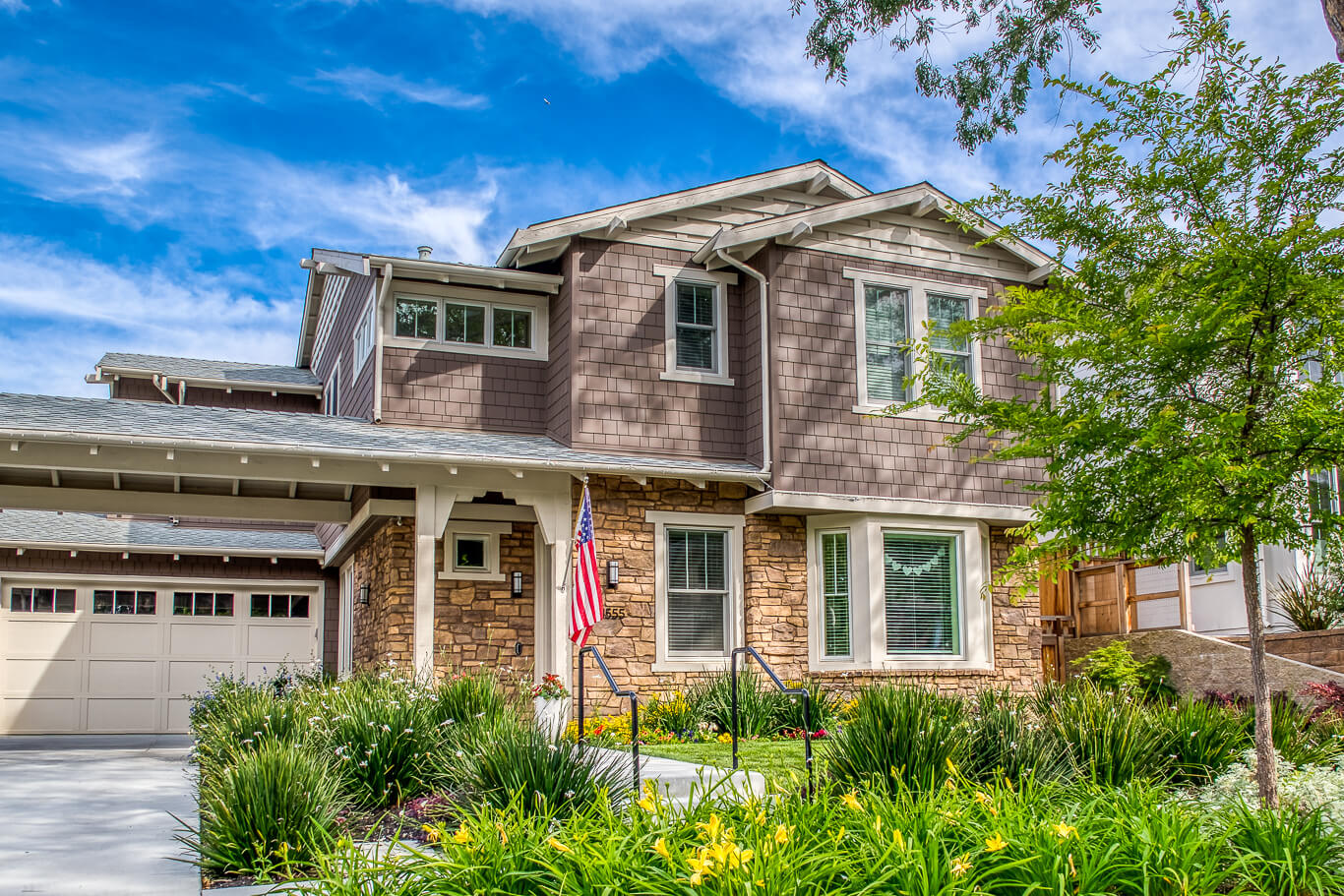Does your next investment property need just a little love, or does it demand a wrecking ball? Well, it all boils down to the numbers.
Rebuild
The first step in planning a rebuild is determining scope, timing, and budget. In addition to providing enough time for the approval and permitting processes (which vary by city), you will need to plan for “hard” and “soft” costs. Hard costs refer to costs like excavation, construction, landscaping, etc., while soft costs refer to design, engineering, permitting, etc.
The following estimates, provided by Peters Design-Build, will give you a general understanding of current architecture and construction costs in the San Francisco Bay Area.
Hard Costs
The costs below are based on whole-house rebuilds or new construction, and generally assume 1 kitchen and 1.5 bathrooms per 1000 square feet of living space.
Entry-level custom projects are typically in the range of $600 to $700 per square foot. Entry-level custom projects have good quality but include value-conscious finishes and fixtures. These projects are, in general, structurally straightforward with simple detailing.
Mid-range custom projects typically range between $700 to $800 per square foot. The majority of projects fall into this category. Mid-range custom projects have unique design features and custom details, and the client is able to choose from a broad range of high-quality finishes and fixtures. These projects are generally more structurally complex.
More distinctive projects can range upwards of $800 per square foot. These unique designs are structurally complex and often include large expanses of glass, structural steel, architectural concrete, or other technically advanced systems. These luxury projects often have artisan or boutique finishes, custom details throughout, and the highest quality fixtures.
Soft Costs
Soft costs include architectural design, engineering, surveying, permit applications, Title 24 compliance documents, insurance, and elective certifications such as LEED certification.
Architecture, engineering, and other design-related professional services are typically around 15% of the project’s hard cost. Setting aside an additional 5% for permits and other regulatory compliance costs is highly recommended.
Remodel
While a teardown and complete rebuild may be an easier and more straightforward process, if your house is structurally sound then a well-planned, tightly controlled renovation might make better financial sense.
Cost control is key. Anyone who has ever done an expansive renovation project will tell you that the final cost is always higher than anticipated. In addition, you’ll want to consider adding the right value to the future sales price of your home by keeping these two things in mind when planning a remodel:
- The return on investment (ROI) per upgrade.
- The changing preferences of homebuyers.
Upgrades That Pay Off
According to a cost vs. value analysis conducted in 2019 by remodeling.hw.net, the five home updates with the highest payoffs in the San Francisco Bay Area are:
| Project Type | Job Cost | Resale Value | Cost Recouped |
| Manufactured Stone Veneer | 10,890 | 16,731 | 153.6% |
| Garage Door Replacement | 4,199 | 5,784 | 137.8% |
| Grand Entrance | 10,101 | 12,872 | 127.4% |
| Minor Kitchen Remodel (Midrange) | 29,569 | 33,341 | 112.8% |
| Deck Addition (Wood) | 19,062 | 19,477 | 102.2% |
Click here to generate the complete list.
Changing Buyer Preferences
Millennials are expected to account for about two-thirds of new households, increasing to 21.6 million households last year. Three-quarters want a single-family home.
When asked about home size, an average of 2,475 square feet is preferred. Two-story homes (52%) and open-concept floor plans (78%) were also preferences in research conducted by the National Association of Home Builders. Eighty-one percent said they wanted either three or four bedrooms, and two or two-and-a-half baths.
“Home design is also one of the top motivating factors,” says Mollie Carmichael, a principal in John Burns Consulting. Design emerged as the No. 1 trend for millennials in Burns’ study. When asked to choose a preferred style from photos reflecting a range of popular designs in Burns’ research, millennials selected Modern Traditional as the most preferred style.
When it comes to features, the most desired by millennials is a laundry room, with 55% saying they just wouldn’t buy a new home without one. Exterior lighting came in second, with 88% saying it was essential or desirable. Storage is also important, with linen closets, a walk-in pantry, and garage storage making the top 10 most desired features.
Jill Waage, editorial director for home content at Better Homes & Gardens, says that the next generation of homeowners wants smart, stylish homes that enable them to connect with friends and family.
Outdoor living comes out on the top in BHG’s survey “You and Your Home,” with three out of four of those under 35 saying outdoor space is important for entertaining, and 51% dreaming of having an outdoor sink, cooktop, refrigerator, and grill. In comparison, only 25% of those over age 55 and 37% of those between 35 and 55 desired those features.
***

